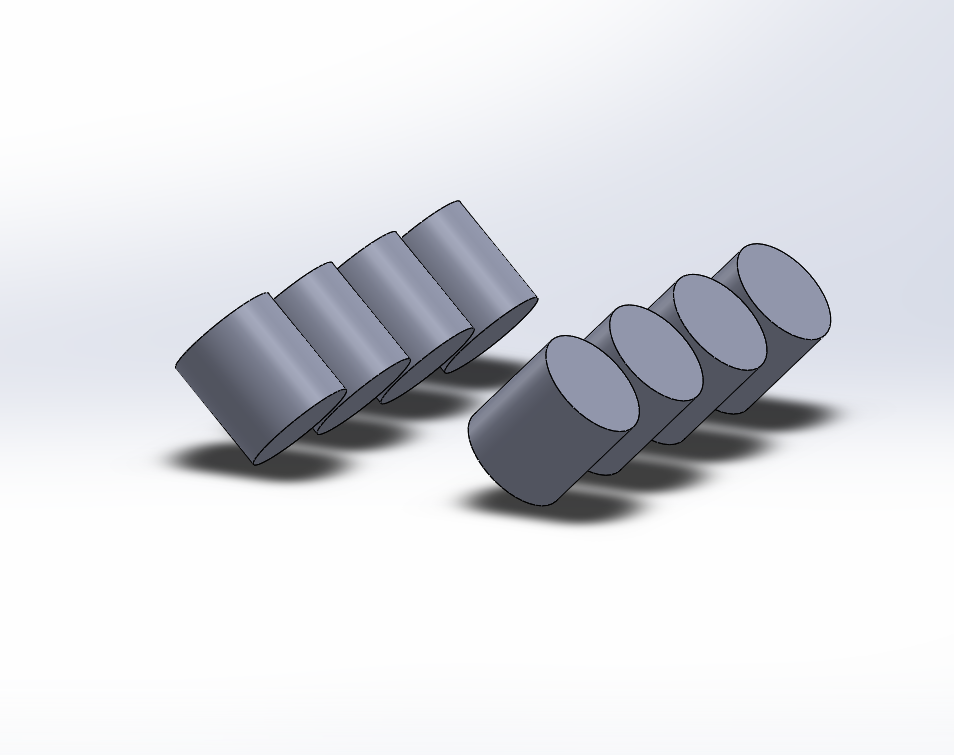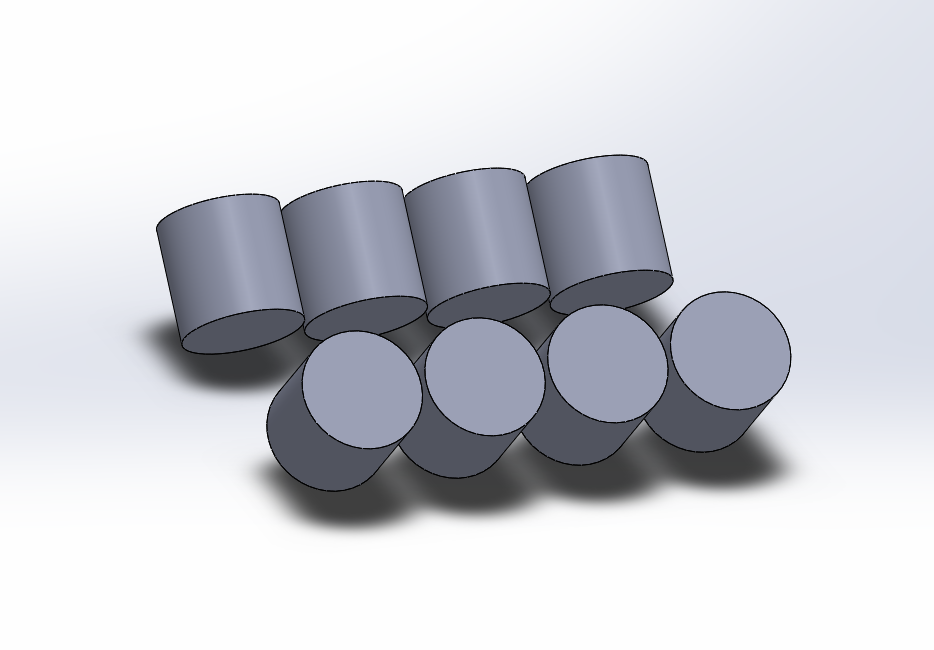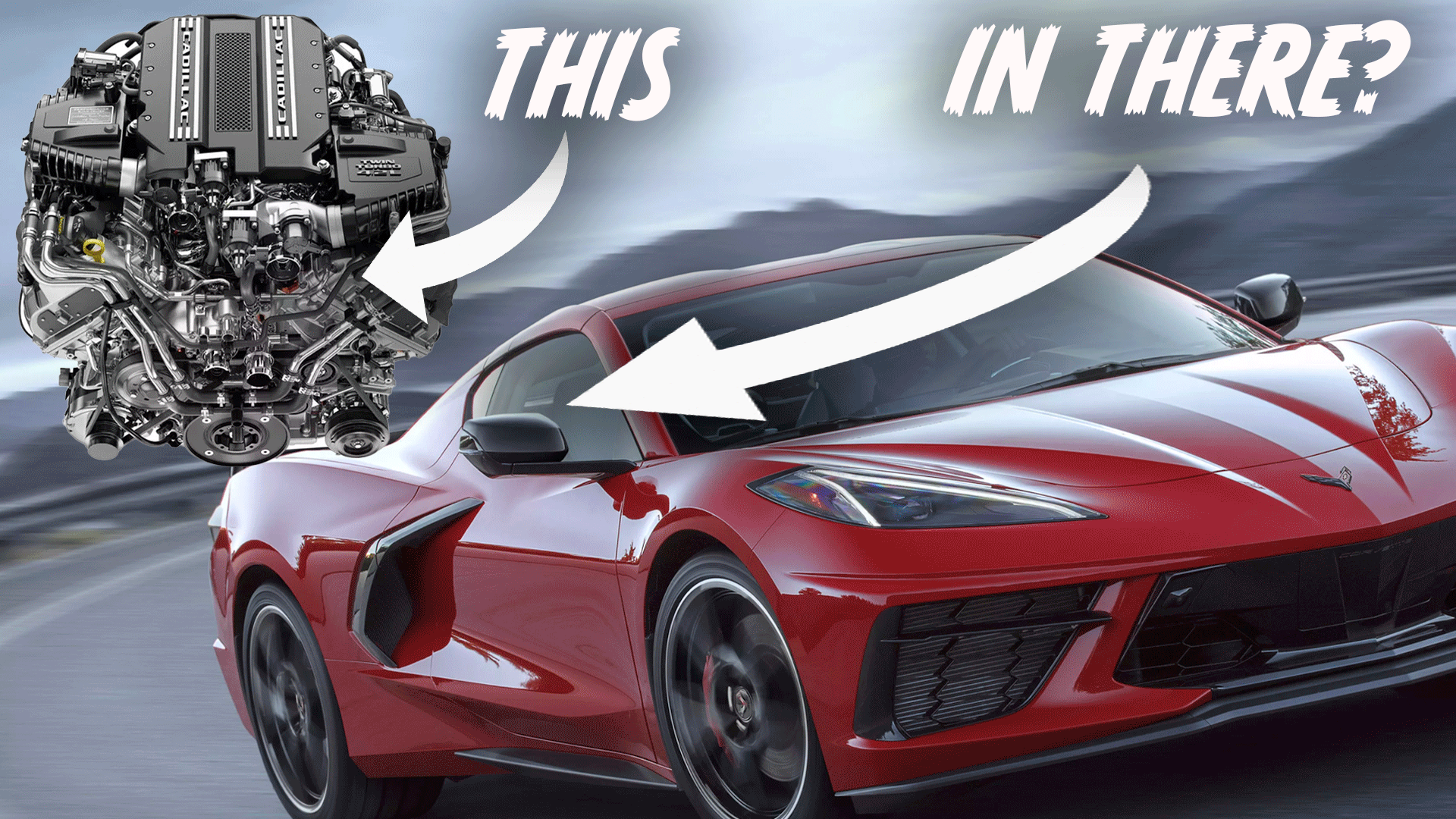Not a ton of information has been released concerning the DOHC, flat-plane V8 that is likely going in the production Corvette–a version of which is already in the C8.R. What we do know is that it displaces 5.5 liters, has four camshafts, and the crank is of the flat-plane variety, more often found in four-cylinder engines. It apparently makes around five-hundred horsepower, and 480 lb-ft of torque.
Disclaimer: Before you get out your pitchforks, I’m aware of what Corvette engineers say about the engine, that it either isn’t related, or “not substantially related” to the Blackwing. A lot of evidence points to the motor being more like the Blackwing than Corvette engineers may let on, though. The following is (slightly informed) speculation. Here’s the case:
1. GM currently makes no other DOHC V8 besides the Blackwing.
GM makes plenty of V8s, but they aren’t DOHC. They can’t just be “converted”. The camshaft is deep inside the engine block, and get’s its own space there to hang out and do engine timing. The only DOHC V8 engine block that (in theory) could be re-purposed for use in the Corvette is the Blackwing.
2. The Blackwing is only slated to end up in one car… That just got discontinued.
The CT6 V-Sport and CT6-V are the only cars to even get this engine, and their production numbers are paltry. The new Escalade is also not likely to get it, as all the money for that car was apparently spent on its new independent rear suspension. The CT5-V just got put out of the running too–the car will probably be equipped with a 6.2 liter, pushrod V8.
3. Making a new V8 is expensive.
If you think that sounds pretty stupid, that’s because it is. Sound business is not spending what is likely hundreds of millions of dollars developing an engine only to put it in a few thousand cars (at best). GM hand-builds the engines, which definitely saves money on tooling up to produce them in a more automated manner, but it still costs a fortune. Wouldn’t that money be much better spent if you could use at least a similar engine in the C8?
4. The Blackwing is an engine suitable to be bored out to a larger displacement.
The Blackwing may be an aluminum block, but it has pressed in iron cylinder liners–not some single-atom-thick ferric liner that’s sprayed on with a laser. This means the displacement is theoretically expandable. Beyond that, the engine’s bore is small as it is, at only 86mm.
I fired up Solidworks and did some quick FIGURING to sort out if an expansion to 5.5 liters was reasonable.

This is a very basic view of what the Blackwing’s bore and stroke look like. This is 4.2 liters (4,192cc). Now, here’s a really surprising disclaimer here: I’m not an engineer. I wanted to be a mechanical engineer, but I ended up having to take pre-calculus three times. I have access to Solidworks because I’m an Industrial Design major. My intermediate understanding of engine workings will inform the following modifications.
I started by boring the engine out from 86mm to 92mm:

Are the necessary 2mm iron cylinder liners possible? I have no idea. This modification gives us 4.8 liters (4,797cc). Since just boring this engine out won’t be enough, lets crank up (haha!) the stroke.
Since the Corvette’s motor is a flatplane, it would need a new crank anyway, so this may not be unreasonable. I increased the initial 90.2mm stroke up to 103.2mm (about a half inch increase.) This gave me 5.5 liters. (5,488cc). The question is, would the added stroke cause the connecting rods to… hit things? Would the new longer stroke leave the piston skirts hanging out of the cylinder liners? That, I do not know.
You could increase the length of the connecting rods and raise the block’s deck height, this could fix these issues. However, I’m beginning to see why these Corvette engineers claim the new engine (even if it is Blackwing based) is, “not substantially related.”
A lot of stuff would have to change.
Even with the modifications I’ve specified, we pretty much have a new engine here. The engine block is now a new casting, and the entire rotating assembly is completely new. That isn’t even going into the heads.
The Blackwing is a “Hot V”, meaning the exhaust side is in the valley of the engine. This is a reasonably common layout for turbocharged V8s these days, but it’s less practical for naturally aspirated engines. One thing Corvette engineers will pipe up about is the fact that the NA version of this motor (there may be a turbocharged version) has its intake side in the valley of the ‘V’.
This means the engine needs new heads, because the Blackwing’s heads have different sized intake and exhaust valves. You can’t just swap around the camshafts– you need a new casting. I would also include that it’s unlikely the 5.5 liter flat-plane engine would use same camshafts, as the duration of the lobes and firing order is likely different.
The Corvette’s motor is also probably dry-sump, which the Blackwing isn’t. This means much of the lubrication system would also have to be new.
So, even if it was based on the Blackwing…
It’s reasonable that Corvette engineers started with a Blackwing, and then ended up where we are now. There’s so many changes that would have to be done to the engine in order to make it 5.5 liters, it’s barely the same engine anymore.
I hypothesize the reason the Blackwing even got produced was because of Johan de Nysschen’s tenure at Cadillac, and he wanted to get it through before he got canned. That may be the reason why it’s sort of in limbo with no real home.
Although it will be limited in production, GM likely learned a lot developing the Blackwing. They after all have never made a twin-turbocharged production V8. I’m certain a lot of those lessons will be translated into the Corvette’s new motor, and it may share a few miscellaneous parts in the end.


Leave a Reply